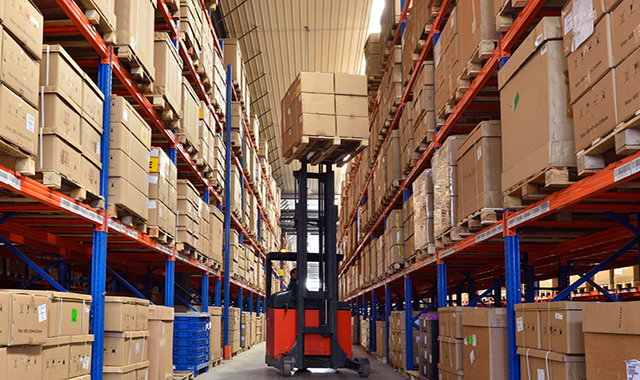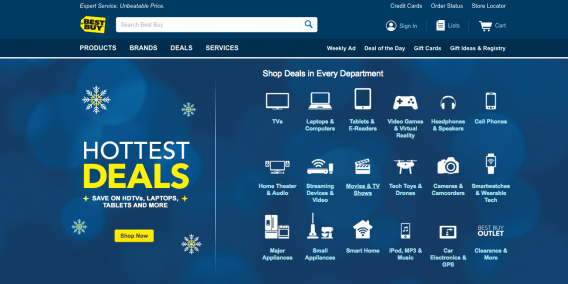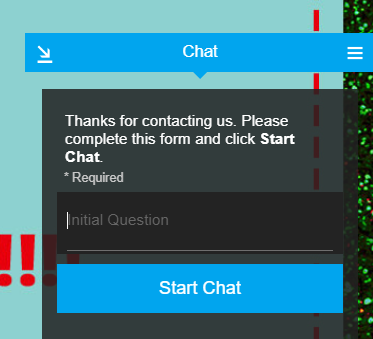
How to Optimize eCommerce Shipping and Fulfillment

Your eCommerce shipping strategy can make or break your business. As eCommerce revenue has increased and online shopping has flourished, shoppers have upped their standards for shipping speed and price. Amazon Prime set the standard for shipping policies with their free two-day shipping—this means today’s consumers expect a similar service. If you aren’t meeting their expectations, another competitor (like Amazon) will.
A 2018 study conducted by Pitney Bowes found that over 50 percent of online consumers were disappointed with the shipping and fulfillment service they received last holiday season. With so much dissatisfaction in a very competitive marketplace, there is a ton of opportunity for eCommerce merchants to increase their sales and customer base by providing stellar shipping and fulfillment services. So, how can merchants accomplish this?
Have Clear and Accurate Policies
The name of the game when it comes to eCommerce is convenience for the consumer. Consumers like to shop online because it is easy. However, online shopping can be risky for two reasons: customers can’t see the product before they buy (besides a few photos), and they don’t know if the product will arrive at their address safely and in good condition. Clearly stating the shipping and return policies on your website is the best way to build strong consumer confidence. If they are confident in the services being offered to them, they are far more likely to buy rather than abandon their shopping cart.
Offer Free Shipping
eCommerce is a competitive market. To gain a leg up on the competition, consider offering free shipping, if your business model will allow it. In the same 2018 Pitney Bowes Study, researchers found that over 90 percent of consumers said they would abandon their carts and leave a website that did not offer fast and free shipping. Although a huge deciding factor in the customer’s decision-making process is the shipping price, the speed of delivery greatly matters as well. If possible, add an estimated delivery date (EDD) to product and shopping cart pages to put last-minute shoppers at ease.
Be Aware of Shipping Changes for 2019
Each year, shipping carriers review their pricing and make adjustments to their shipping rates depending on the economy, fuel costs, and industry demands. 2019 is no exception. USPS, UPS, and DHL Express in the US have increased shipping rates for 2019—be sure you factor in these changes when planning out your shipping strategy for the year. Here’s a breakdown:
- UPS (Effective December 26th, 2018): UPS Ground will increase by an average of 5.2%, UPS 2nd Day Air will increase by an average of 7.2%, and UPS Standard (to Canada) will increase by an average of 1.8%.
- USPS (Effective January 27th, 2019): First-Class Package Service will change to zone-based pricing. That means the cost to ship will be determined by both the weight of the package and its destination. Previously, the package weight solely indicated the cost. Balloon pricing for Priority Mail will be eliminated. Balloon pricing previously applied for packages weighing up to 20 pounds with a size between 84 to 108 inches in combined length and girth when shipping to zones 1-4. Now, the actual weight will be the sole factor in deciding the price. And finally, First-Class Package International Service will increase by an average of 3.7%.
- DHL Express in the US (Effective January 1st, 2019): Retail prices will increase by an average of 5.1% for their DHL Express Worldwide shipping service.
What ShipperHQ Can Do for Shipping
ShipperHQ, the world’s #1 storefront shipping management software, provides eCommerce merchants with the tools necessary to streamline the shipping and fulfillment process. With the power of ShipperHQ, eCommerce merchants can:
- Surcharge or discount your live and custom rates
- Set rules or restrictions based on conditions like geographic zones, specific products, and price, weight, or quantity filters
- Hide specific rates on conditions you choose
- Set promotions for a specific range of time
- Ship products from multiple warehouses or dropship vendors
- Ship products that need to be delivered on a certain day
- Set max time in transit for certain items so you can deliver perishable goods
*ShipperHQ is compatible with Magento 1 & 2, Woocommerce, Shopify, and Zoey.
Let’s Talk Shipping
In the competitive online marketplace, there is a ton of opportunity when it comes to providing high-quality shipping and fulfillment service. Contact us to learn what the power of Magento can do for eCommerce merchants everywhere.















